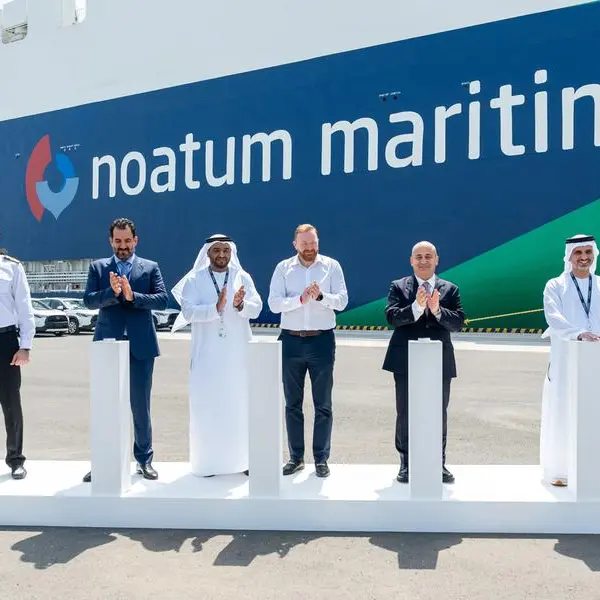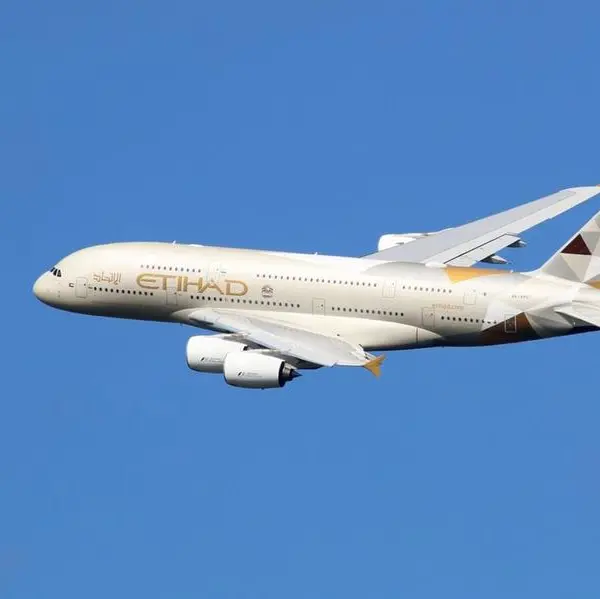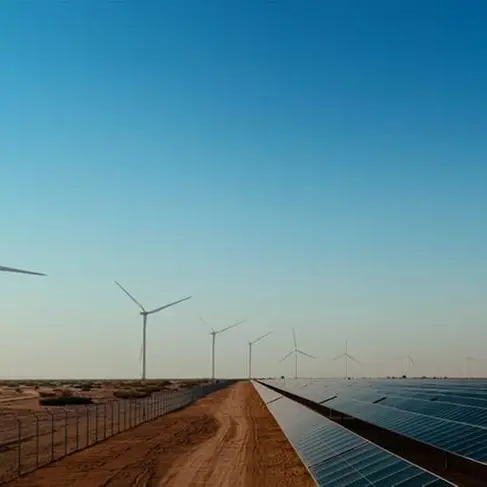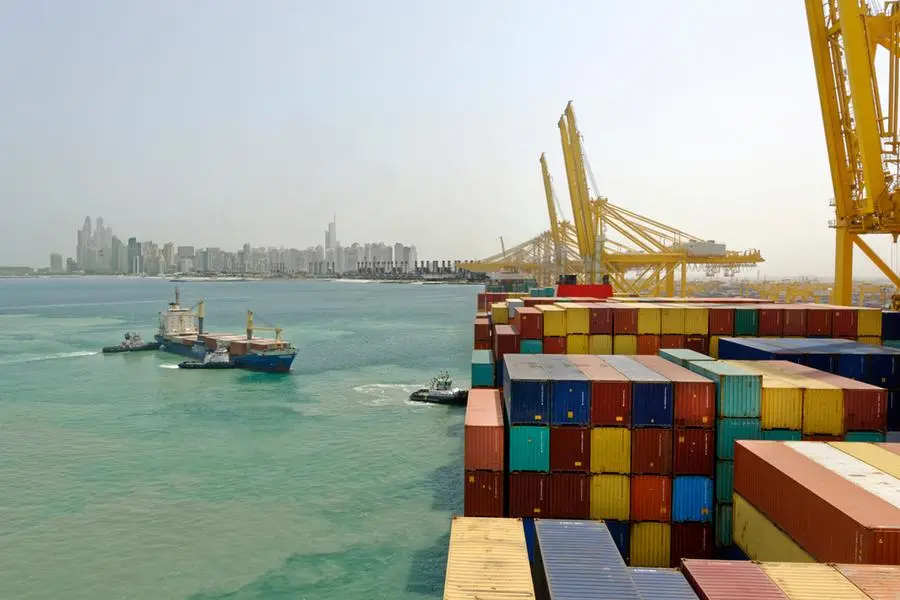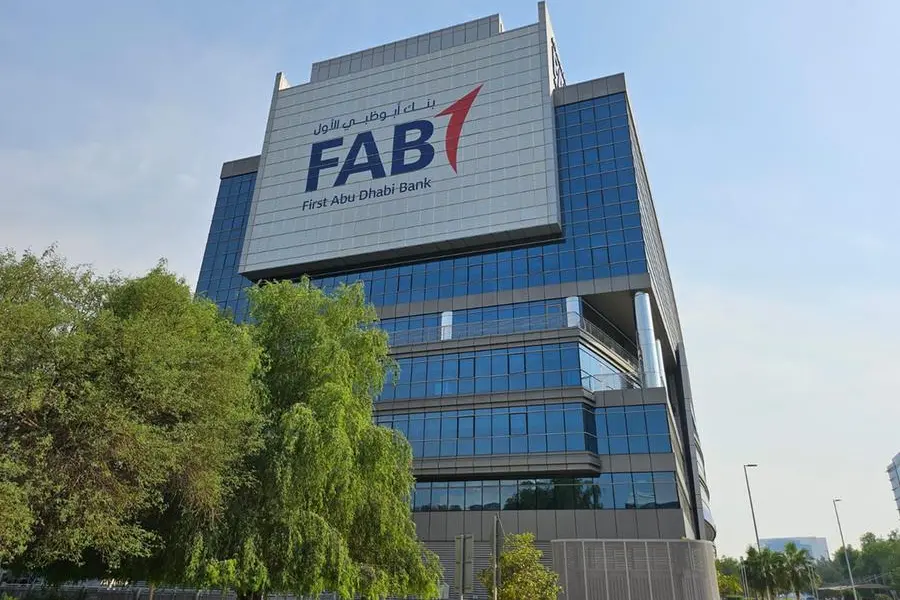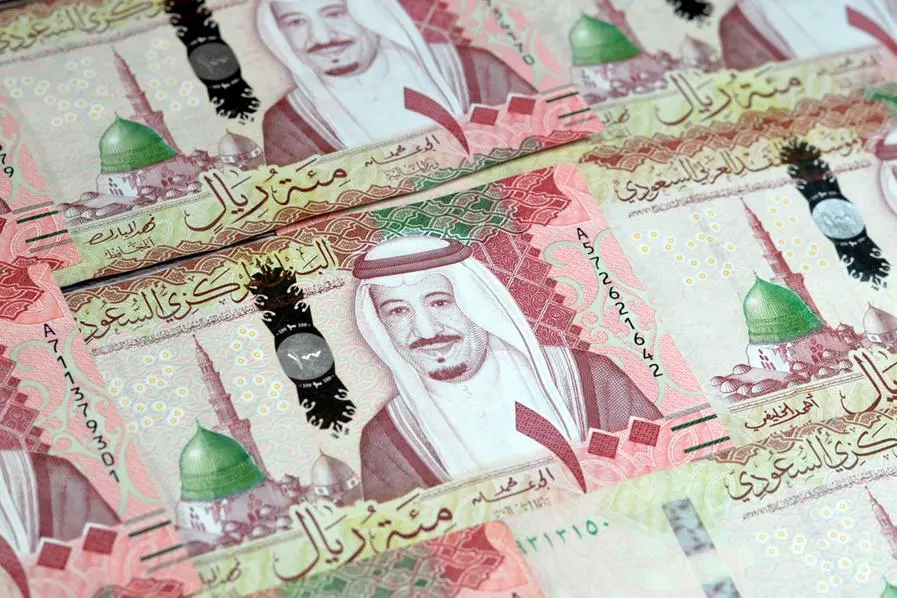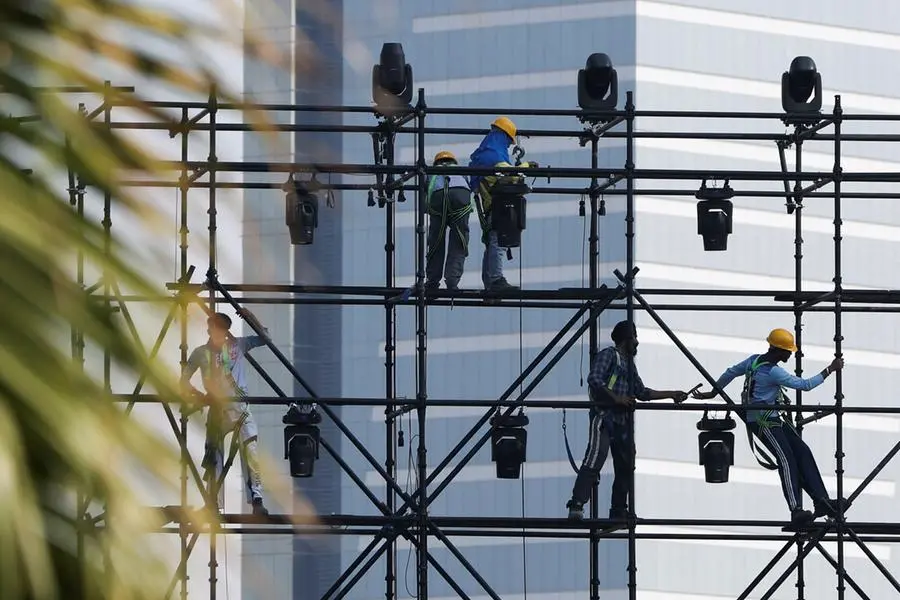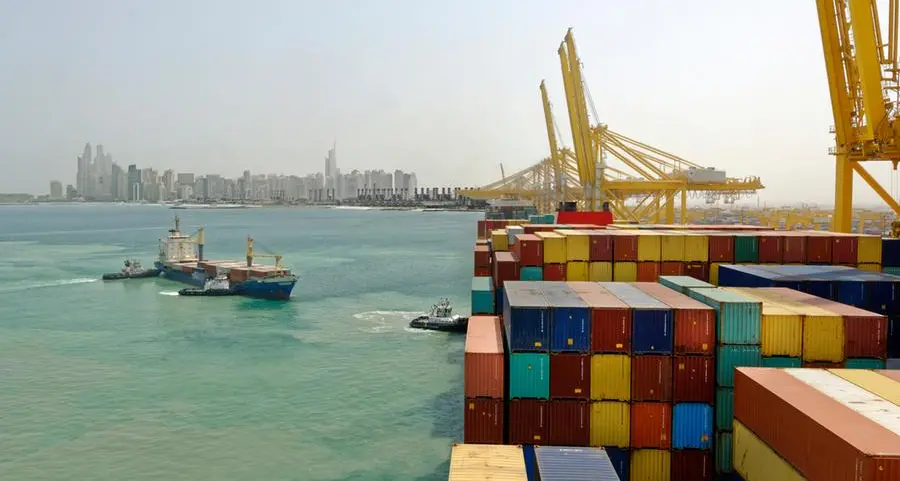Oman’s telecom sector currently has a total of 16 telecom service providers operating in the following three categories: Category 1 – Omantel, Ooredoo, Awasr, Telecom Oman ‘TEO’, Arab International Connect, Oman Broadband Company, and Almadakhel Investment Company; Category 2 – Renna Mobile, Friendi Mobile, Zajel Communications, Awasr, and Albahlani Communication; and Category 3 – Azyan Telecom, Rignet, MHD telecom, MHD Sat Services, and Kuthban Middle East.
The announcement came in the newly published 2019 Annual Report of the Ministry of Technology and Communications. Telecom towers installed by licensed operators across all service categories reached 14,167 in 2019 distributed across 2G (4,498 towers), 3G (5,399), and 4G (4,270), the report stated.
To ensure telecom service coverage in the rural areas, the TRA introduced the “Universal Service” in collaboration with licensed telecom companies. The operators provide the services to the rural areas in return for facilitation and exemptions.
This initiative is being implemented in two phases during 2018-2019 and covered 350 villages. In the next stage, the operators will focus on upgrading the coverage to include 3G and 4G networks.
Meanwhile, broadband subscriptions by residential and commercial customers surged 53 per cent in Muscat Governorate last year, but subscription trends were significantly lower in other governorate, according to the Ministry.
The Ministry attributed the high uptake of services in Muscat to the high population density in the capital area, as well as concentration of commercial activities. Service providers too have been active in developing and promoting their services within the capital area, it noted.
There was a rapid increase in the number of residential subscribers of fixed broadband services, but fewer subscribers in comparison in the commercial and institutional segments.
Mobile broadband subscribers saw their numbers grow 12 per cent in 2019. Around 99 per cent of the population currently enjoys 3G/4G coverage, representing a 10 per cent growth over 2018 trends.
A significant decline was recorded in the volume of traditional postal services last year, with outgoing international postal articles slumping 76 per cent. “This can be considered as a normal result as many people have moved from using the traditional mail system into electronic mailing services which are also considered another type of communication service, in addition to the electronic billing that is widely available in many mobile applications,” said the Ministry.
At the same time, there was a 121 per cent increase in the number of domestic postal packages, fuelled by strong growth in eCommerce. Ecommerce also contributed to a 24 per cent jump in incoming international and domestic Express postal articles handled last year.
2020 © All right reserved for Oman Establishment for Press, Publication and Advertising (OEPPA) Provided by SyndiGate Media Inc. (Syndigate.info).
